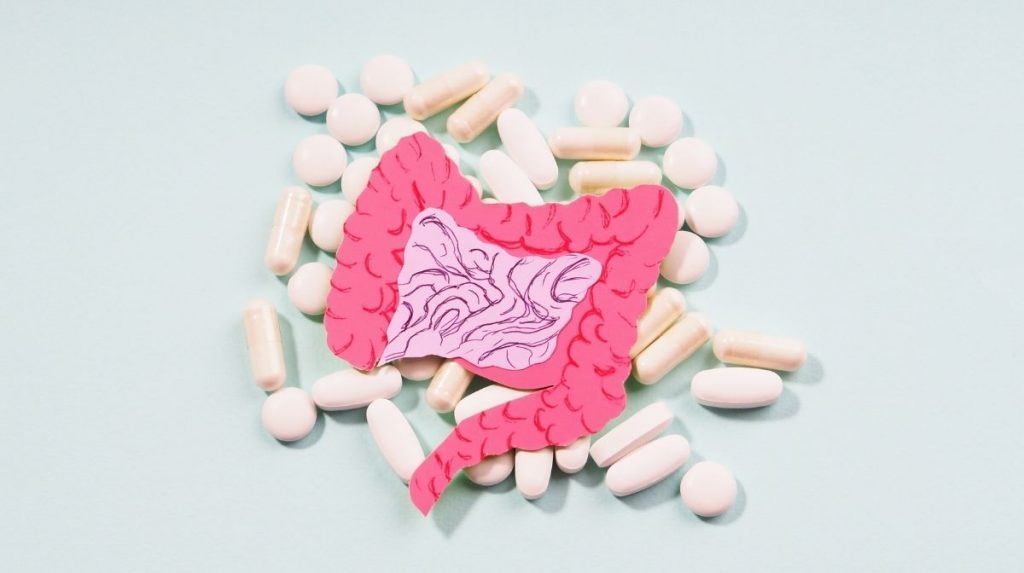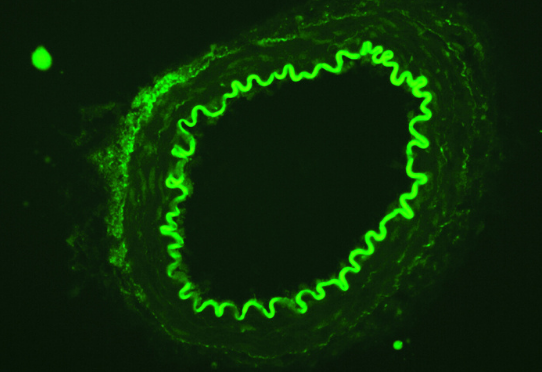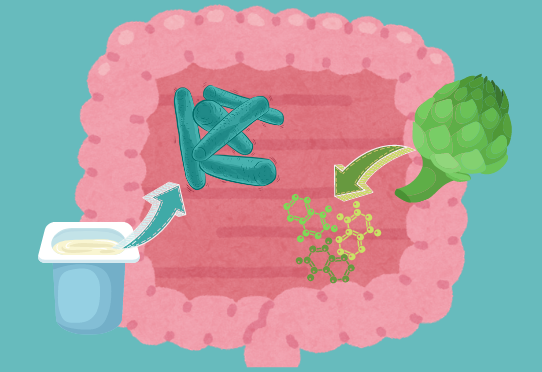
By studying how a mixture of bacteria is formed Probiotics reduces weight gain in mice fed too rich a diet, researchers have highlighted the involvement of a nuclear receptor This increases the production of bile acid in the intestine and has a positive effect on metabolic balance.
A diet high in fat promotes weight gain and the occurrence of metabolic diseases such as hyperlipidemia or type 2 diabetes. And if we now know that disruption of the intestinal flora due to nutritional imbalance plays a role in this development, all the underlying mechanisms at play have not yet been identified. For this reason, Hubert Vidal, Research Director Insert, and his Lyon team are working to decipher the molecular mediators that link nutrition and metabolic diseases. To this end, scientists are particularly investigating the role of the intestinal microbiota. In particular, they are trying to identify health-promoting bacteria – so-called “probiotics” – that, alone or in combination with drug treatment, could reduce the risk of developing these diseases.
“ An imbalance in the composition of the microbiota is thought to be associated with an increase in intestinal permeability and a reduction in local production of short-chain fatty acids. And these abnormalities are considered causes of metabolic disorders », explains Hubert Vidal. However, by evaluating the influence of a mixture on mice probiotic which connects Bifidobacterium animalis And Lactobacillus gasseriWorking with the Pileje company, the researcher was surprised. He observed that, as expected, metabolic complications resulting from a high-fat diet were less common in animals receiving these probiotics than in control mice. However, this protection was not associated with a change in intestinal permeability or short-chain fatty acid production. “ This prompted us to investigate whether other signaling pathways described in the literature that play a role in metabolism are involved in the beneficial effects of these probiotics.. »
The crucial role of bile acids
The Lyon team shed light on the role of the FXR protein in intestinal cells. FXR is a nuclear receptor, a protein responsible for transmitting signals into the cell nucleus to modulate the expression of target genes. “It turns out that the tested probiotics inhibit the activity of this receptor, leading to increased production of bile acids in the intestines of mice.” » Conversely, activation of FXR leads to a reduction in the synthesis of these acids. “ However, these compounds, known for their important role in digestion, also perform crucial metabolic functions to improve lipid balance. », indicates the researcher. Modulating the activity of this nuclear receptor could therefore help improve metabolic balance and possibly even prevent the occurrence of related diseases. Over and beyond, ” FXR is one of the targets of metformin, one of the reference treatments for type 2 diabetes: this supports the idea that targeting this receptor could be an interesting approach. » adds Hubert Vidal.
The next step will be to test the administration of these probiotics in humans. But other avenues are also emerging, particularly with the search for new bacterial strains that are active on FXR. To do this, the laboratory has developed a method for identifying candidate bacteria using rapid tests carried out on Drosophila and mice. Using this method, the team has already identified and characterized a new strain of microbiota bacteria with anti-diabetic properties. A patent filed with Inserm Transfer in 2023 protects this promising discovery.
Hubert Vidal is Inserm’s research director in the team Nutrition and food matrix in obesity: role of the intestinal tract and innovative therapeutic strategies (DO-IT) and head of the CarMeN laboratory (Cardiovascular, Metabolism, Diabetology and Nutrition, Department 1060 Inserm/INRAE/Université Claude-Bernard – Lyon1).
source : A. Beau et al. Inhibition of intestinal FXR activity as a possible mechanism for the beneficial effects of probiotic mixture supplementation on changes in lipid metabolism and weight gain in mice fed a high-fat diet. Gut microbes, December 2023; doi: 10.1080/19490976.2023.2281015
Author: CG
also read








